Small changes can have major impact when it comes to protecting the environment.
With the negativity of global warming, pollution, extinctions and a plethora of other disheartening global topics we are faced with in the news daily, it’s easy to put our heads in the sand and claim, “what difference can I make?” in environmental protection. Although the large scale impacts to save and protect the environment rests with choices made on a government level, many made by the individual have direct effects in protecting the planet.
This post may contain affiliate links at no additional cost to you. By making your purchases through the links on this website, IMSL may make a small percentage at no direct cost to you. IMSL only promotes products we use & truly believe in. Please refer to my Privacy & Disclosures for further information. IMSL thanks you for your support!
…be the pebble in the pond that creates the ripple for change
– Tim Cook
With Earth Day almost upon us, it has never been more important for the human inhabitants of this planet to take ownership of its failure to protect mother earth and its environment. The negative impacts we have made & continue to make have put the earth and all its inhabitants at irreversible risk. And that includes us. It’s not too late to make changes. Changes on a government level, by making the right choices of who to have
WATER
With only 1% of
- CONSERVE –
- Reducing shower lengths from an average of 12 minutes to 4 minutes with a shower head that uses 2 gallons per minute will save an average of 5,840 gallons of water per year! Think about installing a low-flow shower head as well.
- Shutting the water off while you are brushing your teeth can save up to 200 gallons of water per month!
- Regular flushing toilets can use anywhere from 1.6 to 7 gallons of water with every flush. Low-flow toilets utilize 1.28 gallons per flush, saving thousands of gallons of water per year. If you can, consider utilizing the “island rationing” mentality of not flushing when just urinating.
- For those gardener’s out there, installing a rain barrel can save a whopping 1300 gallons of water during the peak growing season.
- Institute “meatless Monday” if you haven’t already. By cutting back on meat consumption just one time per week can save thousands of gallons of water. A 1# piece of beef takes an average of 2000 gallons of water to produce!
ENERGY
Never in the history of mankind has it been more important to conserve energy. By using less energy we, in turn, are cutting pollution and conserving the
Eliminating the drying process from our weekly laundry chores not only saves you $$$ at the laundry mat or in your monthly household utility costs, an average of 12% of your electric bill per household, but also, according to an NRDC brief, “A Call To Action For More Efficient Clothes Dryers”;
If all of America’s electric dryers were updated to the most efficient models sold in other parts of the world, U.S. consumers would not only save $4 billion worth of energy per year, it would prevent roughly 16 million tons of carbon dioxide emissions annually, equivalent to the pollution from three coal-fired power plants.
– NRDC
By utilizing power strips for all our electrical appliances & technology and shutting them off completely when not in use, we can reduce our “standby power” costs by 5 – 10% per year with an average household savings of $100.
OTHER UTILITY SAVINGS
Refrigerator should be set to the “energy saving” mode.Temperature for refrigerator should be set at 37 degrees F and the freezer set to 3 degrees F.- When replacing any major appliance, double check to ensure that it has received the “Energy Star” rating.
- Run the dishwasher only when it is completely full. Consider foregoing the dry cycle and instead opt for air drying.
- Set the water heater thermostat down. For each 10 degrees F reduction in an electrical model 600 pounds of CO2 can be saved, and 440 pounds saved for gas models.
- Switch any existing light bulbs that are not Energy Star quality CFL or LED bulbs, using 20-25% less energy than that of traditional incandescent bulbs. Don’t forget to shut off any lights when leaving the room.
Be sure to support clean, renewable energy options when possible with your voting power, your dollars and purchasing choices.
Scale back car trips. When possible opt for walking, riding a bicycle, or take public transit. Your body will thank you and so will the environment. In more rural areas where these options may not be feasible, take fewer trips by combining errands, consider carpooling, and telecommute for work if feasible.
REDUCE FOOD WASTE
The average American throws away about 40% of their food purchases each year. There is enough food waste produced yearly to feed nearly 1 billion people globally. Our current food system is responsible for, according to Feed Back Global;
– Feed Back Global
Our food system is currently responsible for approximately 60% of global terrestrial biodiversity loss, 24% of greenhouse gas emissions and 33% of degraded soils.
And according to the Food and Agricultural Organization of the United Nations,
Roughly one-third of the edible parts of food produced for human consumption gets lost or wasted globally, which is about 1.3 billion ton per year. Food is wasted throughout the FSC, from initial agricultural production down to final household consumption.
– Food and Agricultural Organization Of The United Nations
This food waste enters our landfills and creates destructive greenhouse gas known as methane. Not to mention that this wastes not just the food product itself, but also squanders the
By taking small steps in our own households & how we handle our own food consumption can help to reduce the overall waste amounts.
- Make weekly meal menus and create grocery lists from the menu.
- Love your leftovers – save for lunch the following day (or if you are like me, breakfast 🙂 ).
Still have too much? Freeze intomeal size portions in your favorite re-usable freezer containers. - Eating out? Bring along a re-usable to go containers for the overages.
- Consider donating unused foods that you cannot consume to your local food pantry or food banks. Find one near you at Feeding America.
Compost. With today’s technology and options virtually everyone can compost. Have land? The above example can be created easily and create an abundance of the “black gold” all gardeners desire. No land? Consider a counter composting system, such as a Bokashi Bucket. Don’t want to have to do anything other than gather your compost? Consider a weekly pick-up service.
REDUCE FOOD PACKAGING – JUST SAY NO
The average landfill is made up of approximately 1/3 packaging material according to the University of Southern Indiana. According to this same article,
University of Southern Indiana
Out of every $10 spent buying things, $1 (10%) goes for packaging that is thrown away. Packaging represents about 65% of household trash.
This is definitely unsustainable. Consider the following ways you can reduce the amount of packaging waste(s) you create.
- Make it yourself instead of purchasing ready-made options. For example, make your own yogurt and forego the plastic containers. A great easy recipe, “Easy Homemade Yogurt! Making It Perfect Every Time”. No packaging and little sugar to boot! WIN, WIN!
- Consider food preservation options, canning, storing, & freezing, when seasonal produce & fruits are available. “How To Make A Sensational Salsa For Canning” or “Tomato Sauce – It’s All In The Blend” are great options for those who want to try their hand at canning. Or how about “How To Store Your Garden Carrots For Fresh Eating All Winter” and “Beautiful Basil! How To Dry & Store Your Yield! for those with access to storage areas. Freezing is an easy alternative for long-term storage. An example of how to can be found with “Preserving Green Beans! How To Blanch & Freeze In Your FoodSaver!”.
- Utilize reusables whenever possible. Bring your own coffee cup, most retailers will have no issue filling it up for you. Bring your own containers when dining out for those large portion left-overs. BYOC (bring your own containers) when going food shopping. Buying in bulk not only reduces the overall cost of products such as herbs, teas, grains, & nuts but also reduces the impacts of packaging materials.
- Say a big NO to bottled water. It takes about 17 billion barrels of oil to produce plastic bottles and takes an average of 3x more water to create them than it does to fill them!
Forego plastic utensils and straws. Make it a habit to order your beverages without straws. Planning on take-out? Bring your own utensils.
BRING IT HOME
When it comes to your purchasing dollars buy local. Buying local reduces the overall carbon footprint of your purchases, & supports local businesses. Consider local farmers markets when purchasing seasonal foods. Not only will this support the farmer who grows locally, but it will also often reduce the chemical & pesticide load saving the health of our land & water, & also that of our bodies. Consider joining a CSA, community supported agriculture, to ensure you receive your “shares” of seasonal produce weekly. To find a local CSA near you, check out Local Harvest.
Want to reduce costs, know exactly what is in your own food & really bring it home? Grow your own! Even those living in the city can grow their own using a sunny windowsill or a small balcony by planting in pots & containers, or joining a local community garden and really dig in
IT’S A PLASTIC WORLD – REDUCE, REUSE, RECYCLE
We all know the 3 R’s, reduce, reuse, & recycle. Let this mantra be your guiding force when taking steps to save & protect the environment.
The choices we make as consumers with our purchasing dollars may be the most important factor in reducing our overall carbon footprint. Ask yourself if this is really a needed purchase or just a wanted purchase. Maybe you already own an item that could be used in its place for the same task not only will saving the resources needed to create the item but your wallet as well. Or if it’s an item that is rarely used, maybe you could borrow one instead of purchasing new.
Support local used consignment shops for furniture, household items, and even clothing when it is a must buy. My favorite spots to find “treasures” are my local antique shops. Ever heard that phrase, “they don’t make it like that anymore”? From furniture to household trinkets and kitchen tools, you will find many lost gems that have lasted through time & can easily be repurposed into something modern & of use. Take a peek at the antique crib that I repurposed into a settee/daybed, “From Antique Crib To Useful Settee! How I DIY’d It”.
Reduce & reuse further by passing along unwanted items or outgrown clothing instead of throwing them away. Sell them through online consignment “shops” or even better support a local one. Donate them to a local charity or check out your local landfill, many have “giveaway” sheds for gently used items.
Reducing plastic consumption is not only a hot topic on most social media, but it’s also a topic that can no longer be ignored. Plastics are found in every area of our lives from bags to our personal care products. According to IUCN “Close The Plastic Tap”,
– IUCN
Every year, over 300 million tons of plastic are produced, half of which is used to design single-use items such as shopping bags, cups and straws. At least 8 million tons of plastic end up in our oceans every year and make up 80% of all marine debris from surface waters to deep-sea sediments. Floating plastic debris are currently the most abundant items of marine litter.
Choosing to BYOB (I’m not talking about beer 🙂 ) & use reusable bags instead of plastic when shopping will not only save the energy expenditures needed to create them but will help save our marine life & biology.
Abrasive micro-plastic scrub heads are added to many personal care products. These tiny scrub heads pollute municipal waste streams and waterways. By making your own personal care products you will be reducing the amount of chemicals you are exposed to on a daily basis as well as the plastics used in the creation of these products.
There are presently no regulations on personal care products. Many of these products contain palm oil. According to Panda.org;
– Panda.Org
Palm oil is the world’s most traded vegetable oil, widely used as a cooking oil and in the manufacturing of many products, from margarine to lipstick, biscuits to candles, chocolate to laundry detergent, and biofuels. But growing it irresponsibly can devastate forests, wildlife, communities and the global climate.
Again, make your own. For a fraction of the cost of over the counter products, you can make your own organic products. The environment & your skin will thank you for it. For a wonderful organic deodorant that’s chemical free, check out my “How To Make The Best Natural Deodorant & Why”. Or for toothpaste recipe, we have made & used for several years now, “How To Make The Best Homemade Toothpaste”. Lastly, for an amazing moisturizer that’s easy to make, “How To Make The Best Homemade Moisturizer For Dry Winter Skin”.
Whether incorporating a few of these suggestions or all of them, this Earth Day know that we all can have an impact on saving & protecting our environment. As Alice Walker famously said, “I believe in movements, collective action to influence the future”.
Comment below with your plans for this Earth Day. Be sure to subscribe to stay up with all the “happenings on the hill”!
Love, Light, & Laughter ~

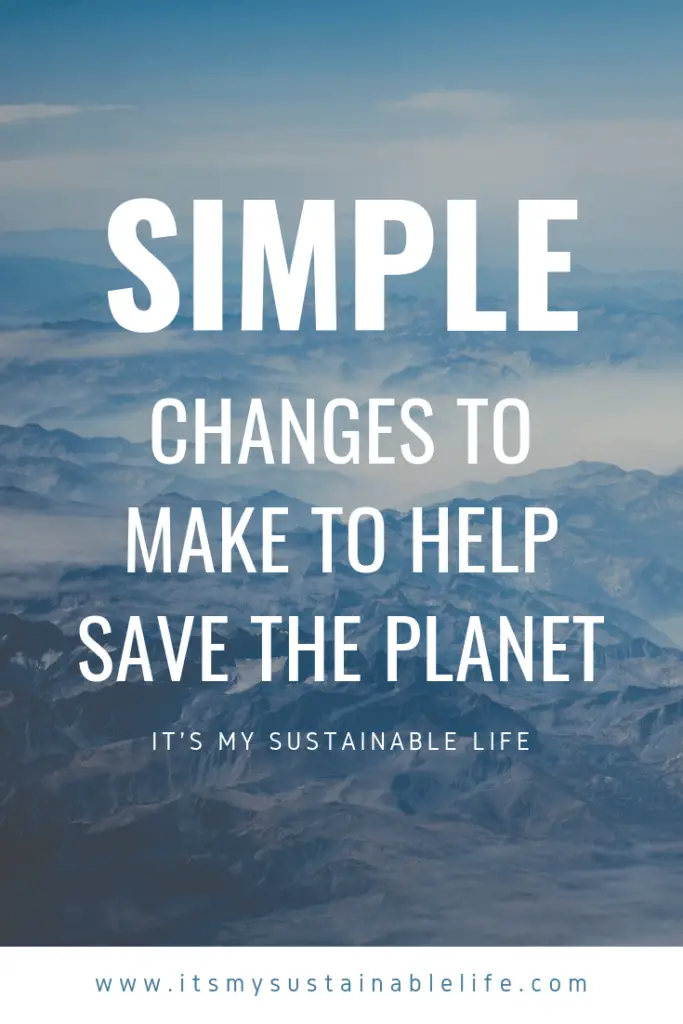

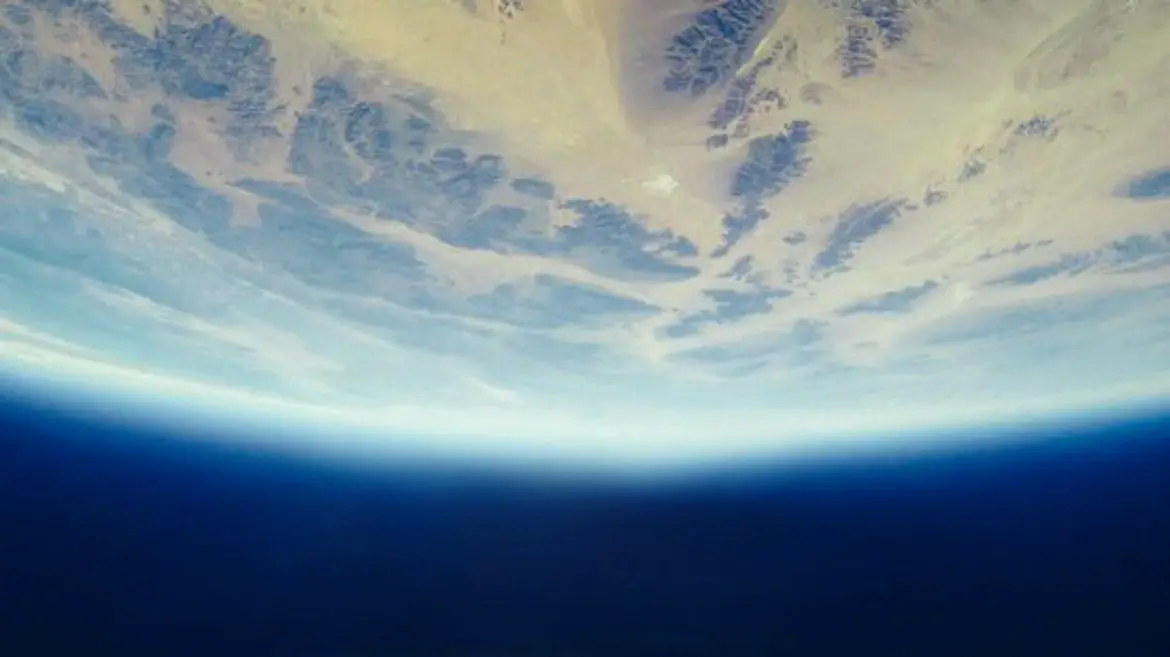
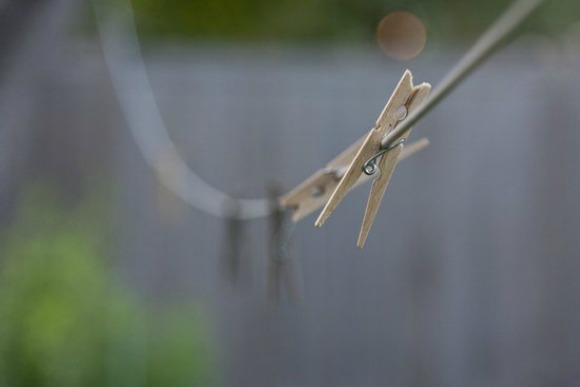
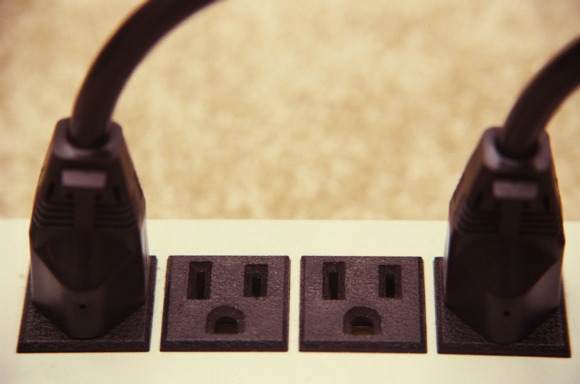
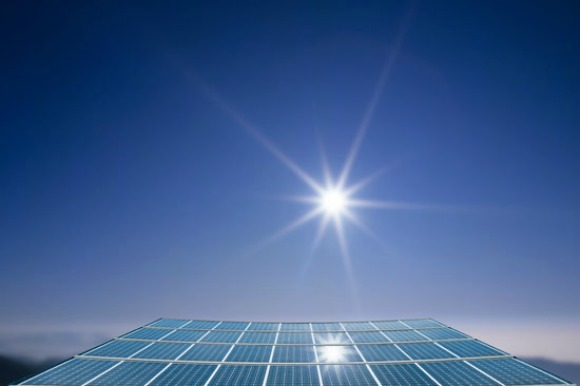

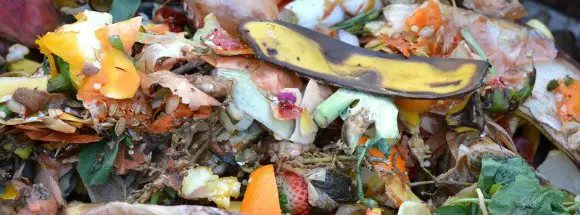
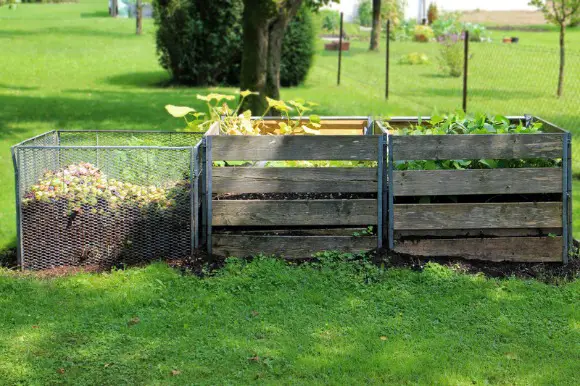
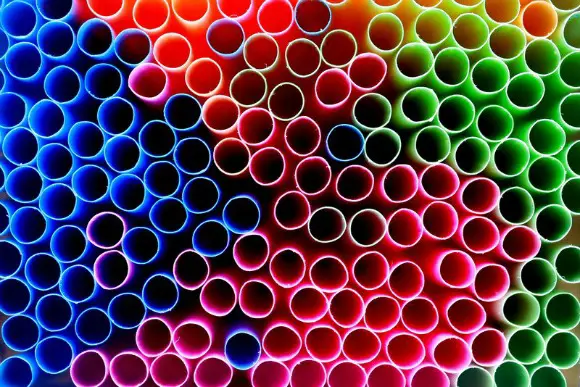
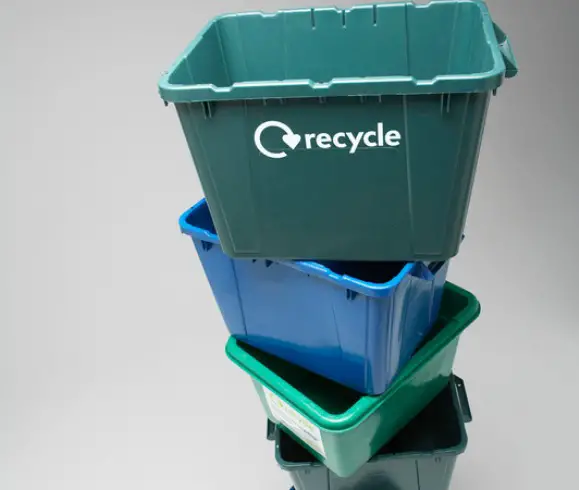
16 comments
Great article! Thank you for mentioning line-drying laundry; I don’t see that tip as often as many of these others, and it has a huge impact on your budget as well as the environment–in addition to the energy savings, it reduces wear-and-tear on your clothes by about 2/3 so that everything lasts longer and fewer plastic microfibers are released into our water!
It’s amazing how much we can accomplish with small changes! Thank you for highlighting this, and for sharing such easy, practical things we can do to make a real difference, Suzan. I’m featuring this post at the Hearth and Soul Link party this week. Hope to ‘see’ you there! Take care, stay well, and I wish you a wonderful week!
These are such do-able tips, Suzan. We all can take several of these steps to help save our planet! My parents were very thrifty growing up, so we did a lot of these things anyway, just for a different purpose. lol. I’m glad to know that they count double now! 🙂
Thank you for sharing at #OverTheMoon. Pinned and shared. Have a lovely week. I hope to see you at next week’s party too! Please stay safe and healthy. Come party with us at Over The Moon! Catapult your content Over The Moon! @marilyn_lesniak @EclecticRedBarn
Hi Suzan,
Happy Earth Day! I hopped by from Simple Homestead Blog Hop to read your wonderful post about changes we can make to help protect the environment. I especially like your suggestion to reduce food waste and food packaging. That is one of the areas that I am currently working on at home. I’m sharing this post on social media.
Hi Deborah! Thanks for hopping over & reading. I appreciate the share as well!
I support so many of your points, and you make so many good ones, but at the same time…
Literally, if every household made every one of the changes that we get bombarded with in the media, it would make at most a 5% splash of a difference, and none of that difference would be “global”. Making a difference at our local level is incredibly important, but we as individuals get bombarded with so much guilt-tripping to make us forget that 80% or so of all pollution comes from people who literally always pivot into profit maximization no matter what change we as individuals try to effect.
I agree that major corporations are the biggest issue. However, I also believe that one can make a difference, even if only at the home level. Thank you for bringing to light some good points, however, I will continue to strive to make a difference, no matter how big or small. Thank you for reading!
We’ve made several changes around our home to strive to be more sustainable. Eliminating food waste is a big one for us. After we did a pantry clean out, I was very upset at how much food went bad simply because we didn’t use it in time.
That’s wonderful Mandy! It is amazing when we pull everything out of our cupboards just how much we actually don’t need and use. Thank you for sharing!
These are great ideas; Thank you for sharing with us at Encouraging Hearts and Home. Pinned.
Great ideas. Many of them i do already.
Excellent post. We all need to make changes, and some of them are small but have a huge impact. I haven’t drank bottled water in years since I always have a reusable water bottle with me. I never realized it took that much water to produce a plastic bottle, seems like such a waste. It really blows me away that we waste so much food. I am always shocked when people say they won’t eat leftovers. I live for leftovers because it means I get a delicious meal with little to no effort.
Thank you for your comments, Sarah. I agree…I enjoy my leftovers for breakfast 🙂
This is a fabulous post. I have shared it to all available platforms. Everyone can find a way to help out and decrease their carbon footprint from this article. Thank you for sharing and increasing awareness for this very important topic!
Julie//treeoflifeyogamontrose.com
I thank you so much, Julie! I couldn’t agree more. It is a topic I am passionate about for sure!